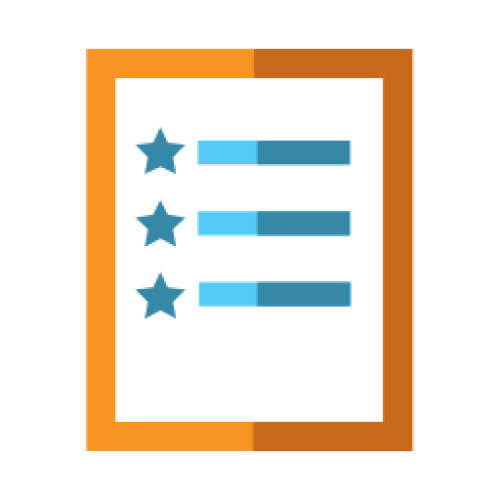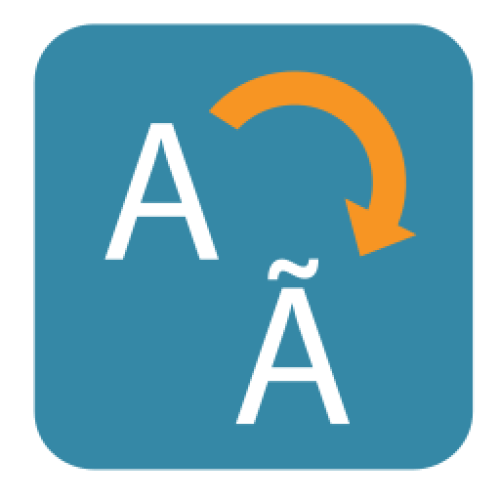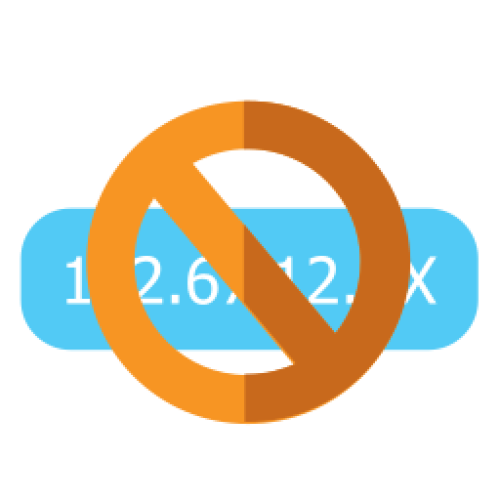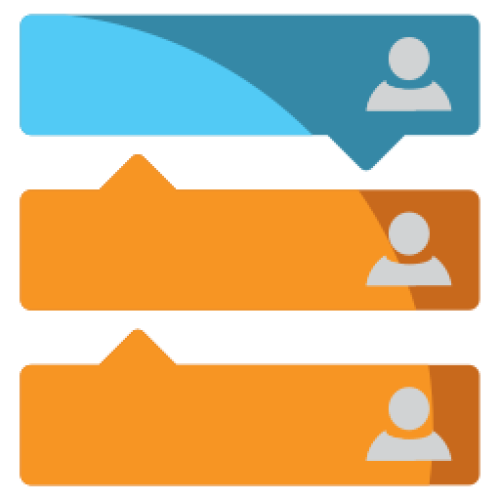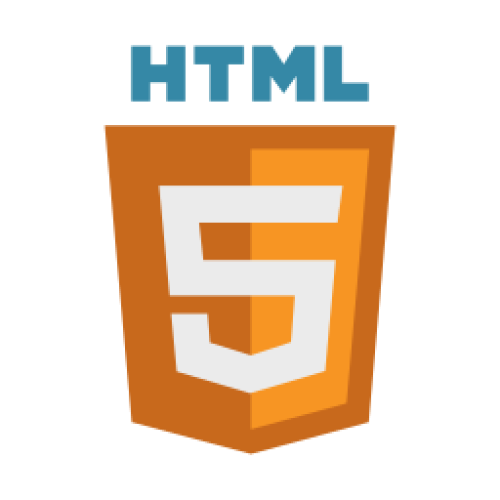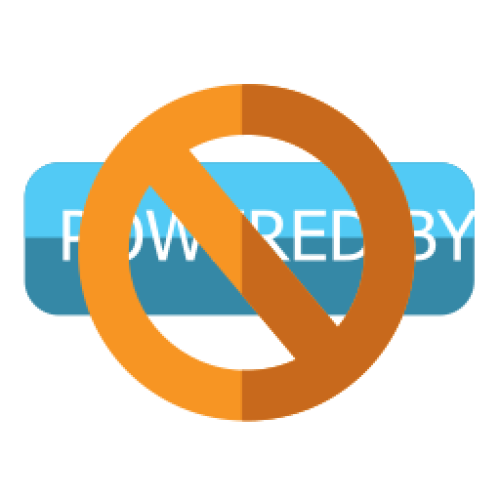Features: A-Z Index
A
B
C
D
E
F
G
I
L
M
N
P
Q
R
S
T
W
Newest 10 Entries
| Title | Calendar |
|---|---|
| Icon |  |
| Description | Day/week/month/year views Advanced “recurring event” settings Event subscriptions: Receive reminders and notifications by event or event type Warnings about conflicting events Microformats support Integrate a calendar month view, or an upcoming events view, onto your design Supports categories: Have multiple event types Multiple time zones: Have different events in different time zones with configurable conversion settings. Priority flagging: Choose between 5 priorities Programmers can even use the calendar to schedule custom tasks (Commandr) to be run RSS and Atom support: Export support, but also support for overlaying news feeds onto the calendar. Supports geotargeting Feedback: Allow members to comment and rate events. Segregate feedback on recurring events by date. |
| Title | Galleries |
|---|---|
| Icon |  |
| Description | Multimedia: Supports images, videos, audio, and more. Personal galleries: Allow your members to create their own galleries which show up on their profile. Support for embedding YouTube videos: Save on bandwidth. Auto-detection of video length and resolution (most file formats) Full tree-structure support: Have galleries within galleries within galleries. Multiple display modes View entries as a slideshow Automatic thumbnail generation Mass import: Also supports importing metadata Optional watermarking: To guard against thieving swines
Geotargeting Adjustments: Automatic size and orientation adjustments according to metadata. |
| Title | Catalogues |
|---|---|
| Icon |  |
| Description | Think “databases on my website”. Flexible data control: Set up multiple catalogues, each with its own set of fields. There are many types of fields, such as short text fields, upload fields, and date fields. Multiple display modes: Display the contents of categories using tables, boxes, or lists. Powerful structure: Each catalogue contains categories which contain entries. Catalogues can have a tree structure of categories and/or work from an index. Configurable searching: Choose which fields are shown on categories, and which can be used to perform searches (template searches). Compliance with data protection legislation: Specify which fields may contain sensitive data. These fields will be anonymised as appropriate when members download or purge their data. Entirely customisable: Full support for customising catalogues, categories, and entries, exactly as you want them- field by field. You can even make custom page templates per-catalogue. Classified ads: Entries can automatically expire and get archived. You can also send out view reports. Community interaction: You can allow users to comment upon and rate entries. Import data from CSV files Periodic content reviews: Helping you ensure ongoing accuracy of your data. |
| Name | Patrick Schmalstig |
|---|---|
| Photograph |  |
| Title / Role | Core Developer |
| Contributions / Notes | Joined Chris Graham behind the scenes in the development of Composr CMS in 2016. Took on the lead developer role in 2023 when Chris Graham stepped back to attend to his new lifestyle changes. Spearheaded the development of Composr CMS v11 and the new website, Composr.app. Formed the company PDStig, LLC to take on professional support and development for Composr CMS users especially after the discontinuation of ocProducts, Ltd. Stepped back as lead developer in April 2025 due to economic constraints. |
| Links |
| Name | Jim Davidson |
|---|---|
| Title / Role | contributor |
| Contributions / Notes | written many tutorials via Arvixe |
| Name | Chris Warburton |
|---|---|
| Title / Role | developer for ocProducts |
| Contributions / Notes | Made some key contributions to ocPortal |
| Name | Haydn Maidment |
|---|---|
| Title / Role | project manager for ocProducts |
| Contributions / Notes | None available |
| Name | Steve Jarvis |
|---|---|
| Title / Role | project manager for ocProducts |
| Contributions / Notes | Wrote many tutorials via Arvixe |
| Name | Philip Withnall |
|---|---|
| Title / Role | Early Developer |
| Contributions / Notes | Coded the chatroom, blogging support, the analytics system, and OcCLE (now Commandr) Masters Degree in Computer Science degree from The University Of Cambridge Other work has included helping out with Firefox, and ongoing work on GNOME |
| Name | Allen Ellis |
|---|---|
| Photograph |  |
| Title / Role | Founder |
| Contributions / Notes | Original designer for ocPortal Also conceived and coded the Theme Wizard and Point Store Son of one of the early inventors of Internet protocols (Usenet, aka Internet newsgroups) Token non-brit |
Top 10 Entries
| Question | Why is understanding XHTML important for website customization? |
|---|---|
| Answer | XHTML (Extensible HyperText Markup Language) is the language used to structure web page content. It defines the various elements of a webpage, such as headings, paragraphs, images, and links. Understanding XHTML is crucial for website customization because it allows you to:
Composr uses XHTML for its templates, allowing users to extensively customize the website's design and layout. |
| Question | How does JavaScript enhance website interactivity? |
|---|---|
| Answer | JavaScript is a programming language that runs in web browsers, allowing for dynamic and interactive elements on web pages. It enables features like:
Composr relies on JavaScript for its default theme and administrative features. |
| Question | What is the difference between cookies and sessions? |
|---|---|
| Answer | While both cookies and sessions are used for user identification and maintaining state, there are key differences:
Composr uses both cookies and sessions. Session cookies are primarily used for user identification (such as anonymously matching a user to a session in the server database), while persistent cookies can be used for remembering login details if the user chooses. |
| Question | What are cookies and how do they work? |
|---|---|
| Answer | A cookie is a small piece of data that a website stores on a user's computer. It is sent from the user's web browser to the web server each time a page is viewed. Cookies are used for various purposes, including:
There are two main types of cookies:
|
| Question | What are the different media types supported for banners? |
|---|---|
| Answer | The Composr banner system supports various media types:
|
| Question | What is a banner wave, and how is it different from a banner rotation? |
|---|---|
| Answer | A banner wave displays all banners within a specific type as a single advertising block, similar to a list of sponsors. In contrast, a banner rotation randomly displays banners from a set based on factors like display likelihood. You can add a banner wave using the main_banner_wave block and configure it to show a specific number of banners or all banners within a type. |
| Question | What is a banner network, and how can I create one? |
|---|---|
| Answer | A banner network is a system for exchanging banners between websites. You can create a banner network in Composr by associating banners with specific websites. When a site joins your banner network, you provide them with an iframe code to display banners from your rotation. Composr uses a "hit balancing" system where sites in the network receive banner impressions based on the clicks they generate for other sites in the network. |
| Question | Can I restrict who can see specific banners? |
|---|---|
| Answer | Yes, by enabling the "Permissions" configuration option in the Admin Zone (Admin Zone > Setup > Configuration > Feature options > Banners), you can control which usergroups can see individual banners. This feature allows for banner targeting and prevents inappropriate banners from being shown to specific audiences, such as adult banners to minors. |
| Question | What are the different types of banner deployment agreements? |
|---|---|
| Answer | There are three types of banner deployment agreements:
|
| Question | What should I do if URL Schemes are not working properly? |
|---|---|
| Answer | If URL Schemes, which rely on web server rewrites, are not functioning correctly, you can disable them using the http://yourbaseurl/config_editor.php script. Enable the option "Whether to block the URL Scheme (mod_rewrite)" to override the main configuration setting. |















